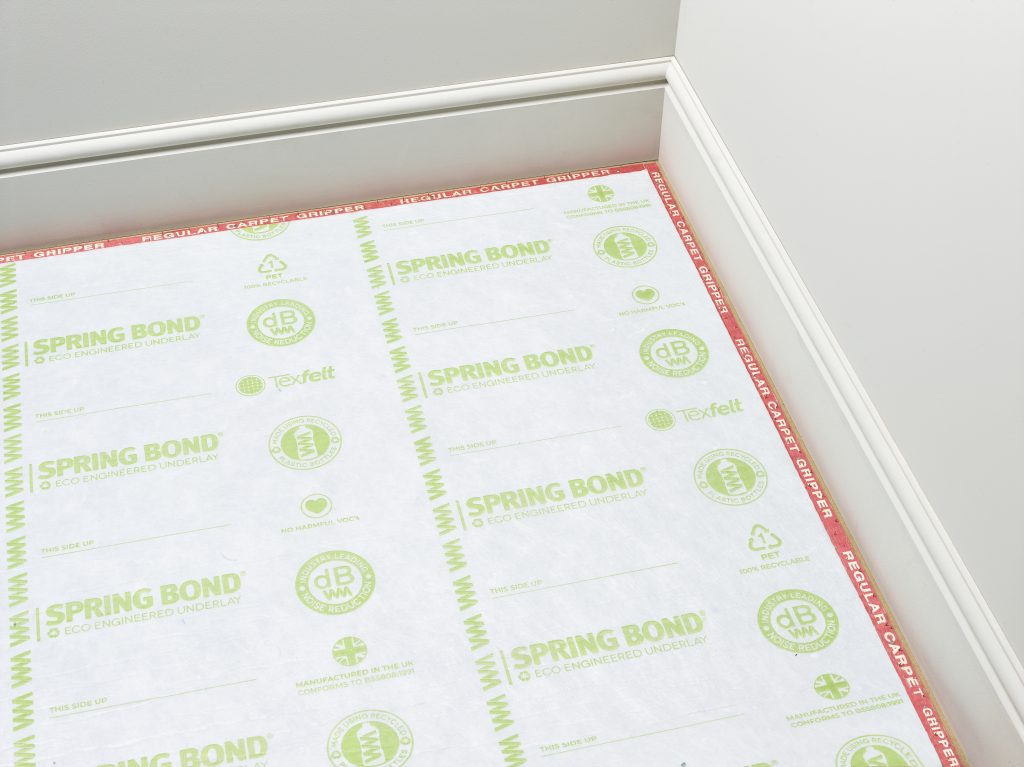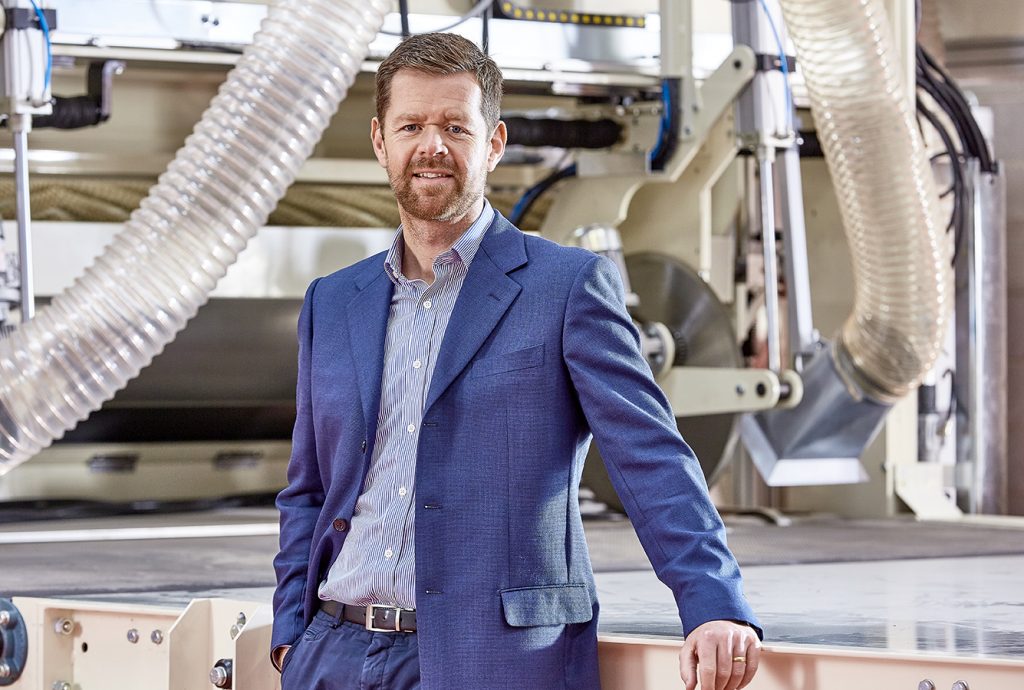Over the last decade there has been an increase in awareness around sustainable products and their advantages, with a heightened focus on ‘green living’. As such, architects and interior designers need to pay attention to this demand and start to focus on their own eco-credentials and think about the products and building materials they are using in projects.
In the past, flooring products including carpet underlay have not been produced in a sustainable or eco-friendly way and have actually been a risk to public health. Traditional carpet underlay is made from polyurethane (PU) foam, which contains dangerous and harmful volatile organic compounds (VOCs), affecting the air quality in homes. Over time, these VOCs cause a toxic build up in humans and cause health problems including difficulty in breathing, asthma and the induction of many allergic reactions. PU foam also requires Flame Retardant (FR) treatment using chemicals, which can be extremely hazardous.
Architects and designers have a duty of care to limit these harmful toxins and help to create safer living conditions. Sustainable flooring that’s been made from a renewable source – for example, carpet underlay that’s made from recycled PET plastic bottles and other single use plastics – are a great substitute for PU foam. Not only do they eliminate harmful VOCs, but they’re also inherently flame resistant requiring no FR treatment, allowing people to enjoy the benefits of better indoor air quality.
In addition to the health benefits, there are several environmental concerns that eco-flooring addresses, including the overload of plastic. It’s alarming that over eight million tonnes of plastic end up in landfill or in our oceans every year, with the majority being used just once prior to that. Whilst the world needs to reduce its consumption of plastic, we need to find ways of upcycling the waste product that’s building up too.
Short-lived flooring will contribute to this ever-growing landfill after a few years, while eco-friendly flooring has a continuous lifespan and can be reused and recycled for different purposes at the end of its useable life.
While it’s quite often believed that making the home eco-friendly can be expensive, the results aren’t always aesthetically pleasing or you may compromise on quality, there’s been a huge focus on green technology recently and significant advances. Today, manufacturers are able to offer a variety of eco-friendly materials at competitive prices that do not compromise on comfort or insulation, ensuring they’re not only attractive for the conscience, but also revolutionary in the home.
An example of this is our eco-friendly underlay, SpringBond, which uses Texfelt’s state-of the art Kytech technology to blend fibres derived from upcycled plastic bottles and other single use plastics together. The underlay contains critical benefits as well as being environmentally friendly including industry leading sound-proofing properties which minimises the transfer of noise between floors – ideal for apartments, hotels and workplaces. The thickness also means it’s not just comfortable but insulating both in terms of heat and noise acoustics, keeping homes and buildings warm for longer.

While architects can have a tremendous impact on the sustainability of the environment and the health of the occupants in terms of the materials they use in their projects, it’s therefore vital they think carefully about their product selection in order to reduce these harmful toxins, and help reduce the impact we’re having on the planet. Simple changes can achieve substantial gains and by being guided by these sustainable approaches, we can work together to help create greener, cleaner and safer living conditions.

By James Taylor, Managing Director at Texfelt.

